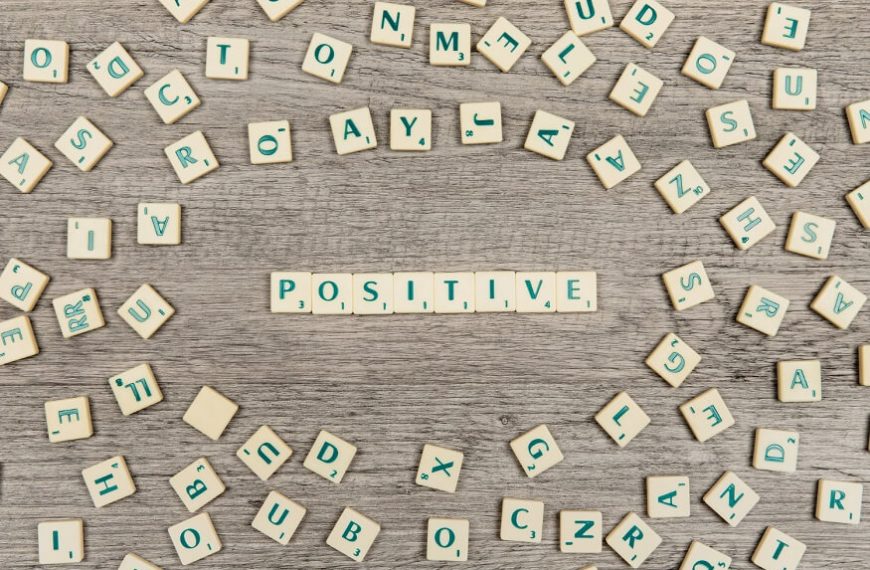What is an adjective, eh? Adjectives can be likened to enchanting words that infuse vitality and vibrancy into our language. They play a pivotal role in elucidating people, places, objects, and even abstract concepts with a heightened sense of vividness and fascination. For children, grasping the essence of adjectives and mastering their usage can unfold as an enjoyable and enriching journey. Within the confines of this blog, we shall embark on an exploration of the realm of adjectives, unravelling their significance, categorizations, and presenting engaging activities that will empower children to embrace this pivotal facet of language. Join us as we delve into the captivating universe of adjectives!
So, what is an adjective?
An adjective is a linguistic entity employed to describe or modify a noun. Put simply, it imparts additional details to a noun, thereby enhancing our comprehension of it. Adjectives have the remarkable capacity to convey information about the size, colour, shape, appearance, emotions, or even the quantity associated with the noun they are affiliated with. They possess the unique ability to elevate the allure of our sentences and furnish valuable context to our conversations.
For example:
The red balloon floated in the sky.
The huge elephant walked through the jungle.
In these sentences, “red” and “huge” are adjectives that provide additional information about the nouns “balloon” and “elephant.”
Types of adjectives
Adjectives come in various types, each serving a different purpose. Here are some common types of adjectives:
Descriptive Adjectives: These adjectives describe the characteristics of a noun, such as size, shape, colour, or texture. Examples include big, round, blue, and soft.
Comparative Adjectives: Comparative adjectives are used to compare two or more nouns. They often end in -er or use the word “more” before the adjective. For example, “taller” or “more interesting.”
Superlative Adjectives: Superlative adjectives are used to compare three or more nouns, indicating the highest degree of a quality. They often end in -est or use the word “most” before the adjective. For example, “tallest” or “most beautiful.”
Possessive Adjectives: These adjectives show ownership or possession. Common examples are my, your, his, her, its, our, and their.
Demonstrative Adjectives: Demonstrative adjectives indicate which specific noun you are referring to. Common examples are this, that, these, and those.
Quantitative Adjectives: Quantitative adjectives provide information about the quantity or number of nouns. Examples include many, few, some, and several.
Interrogative Adjectives: Interrogative adjectives are used to ask questions about nouns. Common examples are which, what, and whose.
Exclamatory Adjectives: Exclamatory adjectives express strong emotions or exclamations. Examples include wonderful, amazing, and fantastic.
The Importance of Teaching Adjectives to Kids
Adjectives are a fantastic approach for children to increase their vocabulary while also developing their ability to express themselves clearly. Children may vividly explain their experiences, thoughts, and feelings thanks to adjectives. Along with improving their communication, this ability also encourages critical thinking and creativity. Moreover, it lays a solid foundation for better reading and writing skills, enabling them to comprehend and create more engaging stories. By introducing adjectives early on, parents and educators empower children to articulate their world with precision and imagination.
Adjectives Exercise
To help kids understand adjectives better, here’s are some fun adjectives exercise:
Activity 1: Adjective Hunt
Give your child a book or a magazine.
Ask them to pick a page and circle all the adjectives they can find.
Encourage them to read the sentences aloud with the adjectives to reinforce their understanding.
Adjective Examples in a Sentence
Now, let’s see some adjectives in action:
The fluffy kitten purred.
She wore a sparkling tiara on her birthday.
The tasty pizza was gone in seconds.
The shiny stars twinkled in the night sky.
These sentences use adjectives (fluffy, sparkling, tasty, shiny) to describe nouns (kitten, tiara, pizza, stars), making them more interesting and engaging.
Adjectives List
Here’s an adjectives list for kids:
Happy
Sad
Funny
Silly
Brave
Smart
Fast
Slow
Loud
Quiet
Colourful
Beautiful
Tiny
Enormous
Clever
Friendly
Hungry
Thirsty
Shiny
Fuzzy
Make a note of these adjective words. Feel free to use this list as a reference to introduce and practice adjectives with your child.
Engaging Adjective Activities for Kids
Learning adjectives doesn’t have to be boring. Here are some enjoyable activities to make the process more interactive:
Activity 2: Adjective Storytime
Choose a picture book or create a simple story.
While reading, pause to discuss the adjectives used in the book.
Ask your child to come up with their own adjectives to describe the characters or scenes.
Activity 3: Adjective Art
Give your little one some art materials, such as paper, crayons, and markers.
Ask them to create a drawing of their preferred creature, item, or location.
Encourage them to describe their artwork with adjectives.
For instance, a “colourful, happy sun” or a “huge, green dinosaur.”
Activity 4: Adjective Charades
Write various adjectives on pieces of paper and place them in a hat.
Take turns drawing an adjective and acting it out without using words.
Let your child guess the adjective you’re portraying, and then switch roles.
Conclusion
Adjectives are essential building blocks in the world of language. They bring stories to life, make descriptions vivid, and add depth to conversations. Teaching your kids about adjectives can be both fun and educational. By engaging in activities and exploring different types of adjectives, you can help your child become a master of descriptive language.
As you embark on this exciting journey of learning with your child, consider enrolling them in a nurturing and educational environment like EuroKids. EuroKids provides a holistic learning experience designed to foster creativity, curiosity, and language skills in children. Our dedicated educators and innovative curriculum ensure that children not only understand the intricacies of language but also develop a lifelong love for learning.
To conclude, let’s leave you with an endearing example of how adjectives can paint a vivid picture:
Imagine your child’s face lighting up as they excitedly tell you about their “colourful, adventurous day at EuroKids,” where they made “funny, lifelong friends” and had a “delicious, memorable lunch.” That’s the magic of adjectives—bringing joy and wonder to your child’s world.
So, let’s encourage our young learners to explore the world of adjectives and watch as their language skills bloom. Happy learning!















